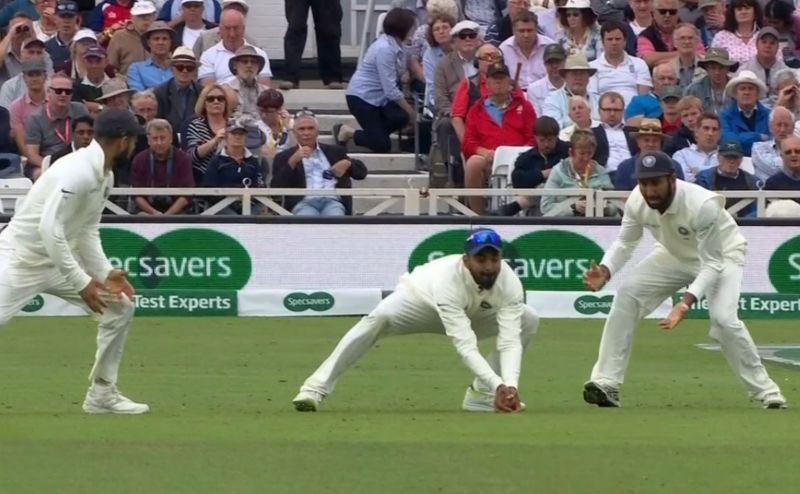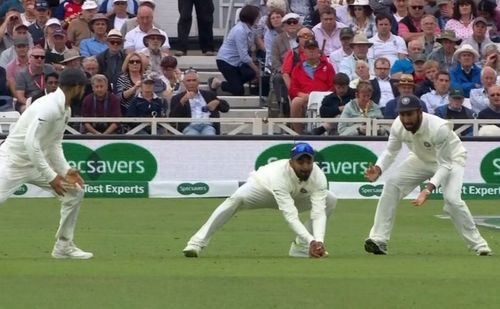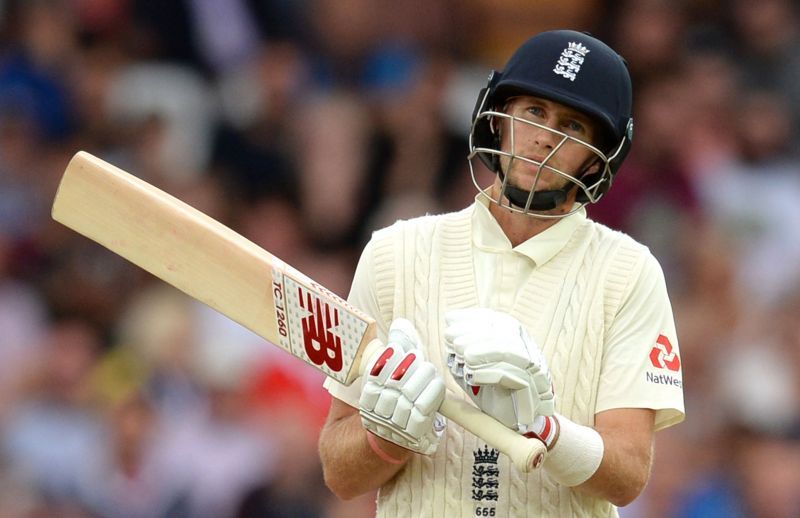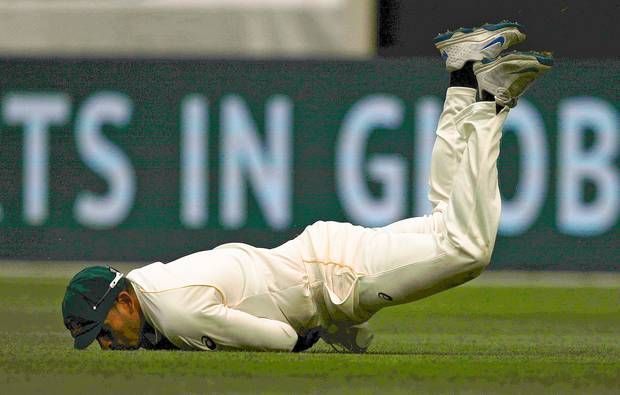
Soft signal: An area of concern
Use of technological aids in a game of cricket has ensured that the quality of umpiring decisions has increased. The use of third umpires to determine a stumping, run out or to check the nature of boundary has assisted the on-field umpires immensely.
The question over usage of 'soft signals' by the on-field umpires while referring a decision to the third umpire always existed. By practice, when the soft signal given by the on-field umpire is out or not-out, then unless a conclusive evidence exists to overrule the on-field decision, the third umpire sticks on to the on-field decision on unsure decisions.
Such incidents have always created controversies where players have expressed their dissent over usage of soft signals.
In the ongoing 3rd Test match between India and England another such incident occurred where England skipper Joe Root was given out to a low catch taken by KL Rahul, where the videos could not help arrive at a decision. Hence, the third umpire stuck on with the on-field soft signal of out.


There have been numerous instances in the past, where , despite not having a conclusive evidence the third umpires have gone against the on-field decision.
During the recently concluded Ashes, Stuart Broad's dismissal involving the catch taken by Usman Khawaja at deep mid-wicket was one such incident. Based upon the soft signal of out given by the on-field umpires, the third umpire decided it to be out since there was no conclusive evidence to overrule it.

During the Australia tour of England in January 2018, two different opinions were considered by the third umpires while dealing with the soft signal. In the first instance, during the 3rd ODI Steve Smith was given out based upon the soft signal of out given by the on-field umpires, by the third umpire Kumar Dharmasena for a low diving catch by England wicketkeeper Jos Buttler.
Subsequently, during the only T20I match Australian batsman Glenn Maxwell was given not out by the third umpire despite not having a conclusive evidence to overturn the soft signal of out given by the on-field umpires for a catch taken by Jason Roy of England.
During this year's IPL, a closely contested match between RCB and SRH at the M.Chinnaswamy stadium, SRH opening batsmen Alex Hales was adjudged not out despite not having a conclusive evidence to overturn the soft signal of out given by the on- field umpires for a catch taken by Tim Southee. This sparked disbelief to RCB and Virat Kohli had a discussion with the on-field umpires.
With differing opinions of third umpires while dealing with the soft signals, it creates inconsistency towards the rendering of similar decisions. There are no specific laws that specifically gives guidelines to be followed by the third umpire while dealing with the 'soft signals' given by the on-field umpires.
Umpires resort to using technology to assist them when they are unsure about any decision. In such a scenario determining a decision should not be based upon the 'soft signal' as the on-field umpires have referred it to the third umpire to assist them. The benefit of the doubt must be given to the batsmen when there is no conclusive evidence to rule him out.
ICC must decide upon usage of 'soft signals' and the guidelines to be followed by third umpires while dealing with it, to ensure a uniform pattern of decision is given to uphold the standard of umpiring in the days to come.